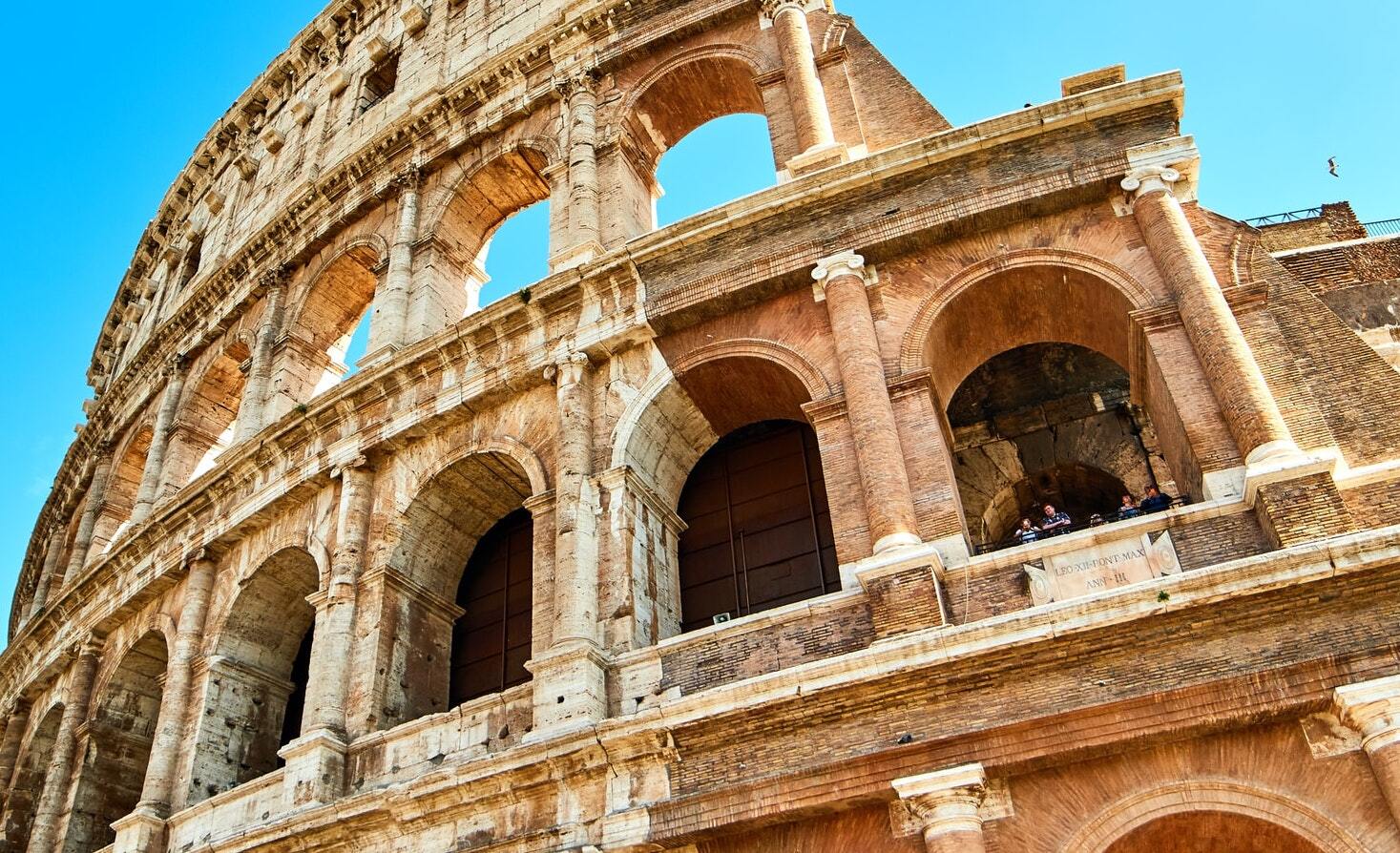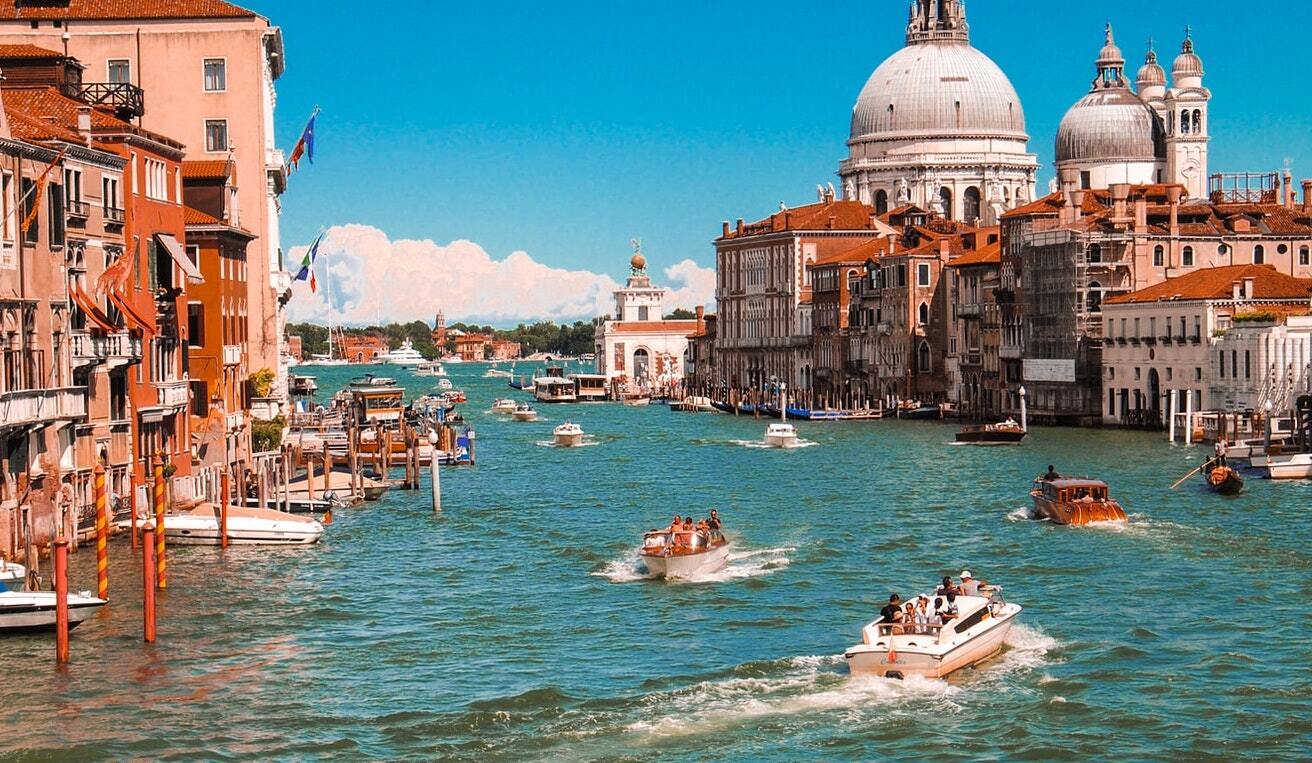A majority of today’s Italian citizens will find their genetic roots in one of the major Italic groups, such as the Umbrians, Samnites, Picentes, Etruscans (and Rhaetians), Sicels, Latins, Osci, and Adriatic Veneti. Along with these groups were populations of Celto-Ligurians in the north, Greeks and Lapygians (Messapians) in the south and Sicily, and Illyrians in the northeast. Alongside them lived North African, Middle Eastern, Mediterranean, and (what would now be called) Balkan people, many of whom were slaves or travelling merchants.
These tribes may have lost much of their meaning and relevance with the fall of the Roman Empire over 1,500 years ago, but through DNA testing, we are able to bring their importance back to life and give you enlightening information about who your Italian ancestors were, and where they lived.
Can you actually find out if you have Italian ancestry?
Of course! That’s what we are here for. Did you know that between 1880 and 1924, more than 4 million Italians emigrated to America - that’s more than the entire population of modern-day Rome and Milan all packing their bags for a life in the New World. As a result of this mass immigration a century ago, the USA has an enormous diaspora of Italian-Americans who are intrigued about their ancestors and keen to find out where their Nonna and Nonno came from.
After the states, it is Brazilians and Argentines who boast the largest Italian-ancestry populations outside of Italy. Remarkably, Sao Paulo is the city with the most Italian ancestry on Earth due to the huge population and high percentage of Italians who began moving there in the 1850s. In total, it’s thought that around 32 million Brazilians, representing 15% of the population, have Italian ancestry. Move south one country to Argentina and it’s thought that as many as 75% of the 40 million inhabitants have Italian roots (62% officially claim it). Cuisine, fashion, and lifestyle in Argentina are all considered very Italian and there is a joke among Argentines that they are descended from ships.
So, if you’re American, Brazilian, or Argentinian, you’d have a good chance of finding some Italian ancestry. The same goes if you are Tunisian (formerly Carthage, the Roman capital of Africa), Libyan, Eritrean, Ethiopian, or Egyptian (all of which played important roles in WW1 and WW2). Around 10% of French nationals are believed to have Italian ancestry from three generations or more back, and one of the more surprising areas with a large Italian diaspora is Australia, where around 1 million inhabitants claim Italian ancestry.
Venezuela, Colombia, and Canada also home another 5 million ancestral Italians.

Historically and genetically speaking, what is an Italian?
In modern terms, we define an Italian as someone from the geographical region of Italy, belonging to a romance ethnic group (listed in the introduction), and who shares the culture, language, history, and ancestry of Italy. Interestingly, there are more full or partial Italian people outside of Italy (85m) than in Italy (55m).
Italy also applies ‘jus sanguini’, which, in simple terms, means that even if you weren’t born in Italy, but you have an Italian parent, you have a right to citizenship. If your parents are not Italian, but you were born there, you also have a right to citizenship once you turn 18 (this is called ‘jus soli’).
Italy is mostly bordered by the sea, but it does contain the Vatican and San Marino. The Vatican’s primary language is Italian but they are considered entirely independent and thus not Italian. Sammarinese people are considered Italian for most intents and purposes. To the northwest of geographical Italy are the French provinces of Auvergne-Rhône-Alpes and Provence-Alpes-Côte d'Azur. The largest land border is with Switzerland, with whom they mostly share the alps - it is thought around 200,000 Italians live on the Swiss side of the mountain border. Next is Austria, where only 30,000 Italians reside within Austrian territory, however, like with France and Switzerland, there are entire villages and towns that speak Italian as their first language.
The smallest land border is in the east, with Slovenia, offering a small coastal border that encloses the ‘free’ city of Trieste. Only 3,000 Slovenian citizens claim to be part of the Italian diaspora.
What are the best ways to find out more about your Italian ancestry?
Of course, we would recommend our DNA ancestry test, but it’s likely that it’s not going to be the first and only step on your Italian ancestry research journey, so here are a few other effective methods:
- If your surname sounds Italian, start by researching that, also, ask the women in your maternal line for their maiden names and include them in your research
- Talk to your blood relatives, they may know a lot more than you think
- Try to find any family documents, such as birth certificates or immigration papers
- If you’re an American-Italian, the Ellis Island records might help
- Try to find your ancestral hometown in Italy, many of the secrets of the past may be buried there
- Look for historical census information
Another pro tip would be to start brushing up on your Italian. Most of the historical information you will find will be in Italian and you might skip over key details if your language skills aren’t up to scratch.

Does Italian ancestry mean I qualify for Italian citizenship and a passport?
What does and doesn’t guarantee qualification is a huge topic and warrants an article of its own, in fact, here is an excellent Italian citizenship guide. As well as having an Italian parent or being born in Italy, there are other ways to claim Italian citizenship. If you have just one grandparent who was born in Italy, you can also become an Italian citizen, but you’ll have to live in Italy or join the military for 2 years to be ratified.
Do you need to speak Italian to get citizenship?
If applying for Italian citizenship on jus sanguini (right of blood), then no, you won’t need to take a language test, though your application will all be done in Italian, so it does help. Those who married an Italian citizen after 1983 will need to complete a B1 Italian language test to receive their citizenship by marriage.
How to prove Italian ancestry?
Are you almost certain that you have Italian ancestry, or you have a creeping suspicion that you want to confirm? Dive into the mysteries of your ancestral history by purchasing a full ancestry DNA kit from us. After sending your mouth swab to our DNA testing experts, we can provide you with extraordinary information about your ancestors. Ready to try it?
